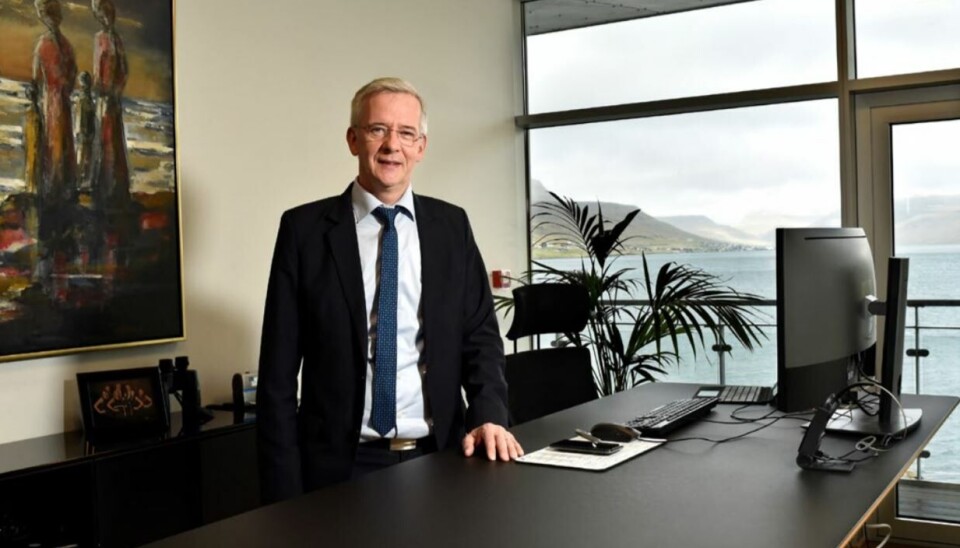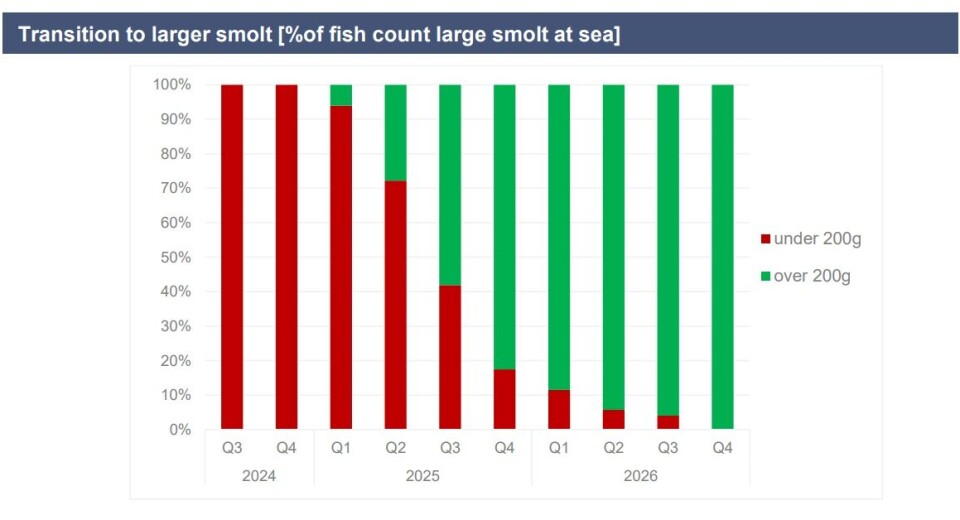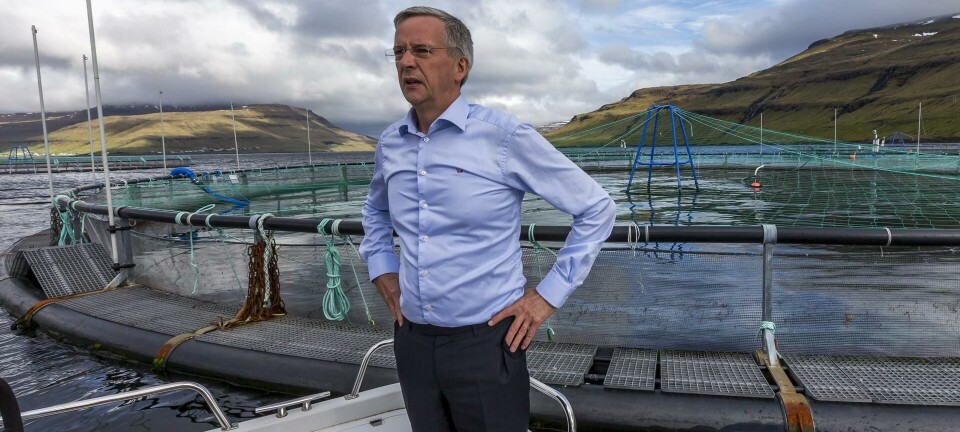
Maturation problems were linked to older hatcheries, says Bakkafrost boss
Temperature fluctations at Scottish facilities led to problem with salmon, explains Jacobsen.
Faroes and Scotland salmon farmer Bakkafrost has blamed its limited control over water temperatures at its older Scottish hatcheries for problems with early maturation that have caused it to reduce harvest guidance this year.
Bakkafrost had to harvest maturing fish in the final quarter of 2024 instead of in the current quarter, as it had planned to do.
That led to the company reducing its 2025 harvest guidance in Scotland from 28,000 gutted weight tonnes to 20,000 gwt. Growth in the Faroes means that Bakkafrost should still finish this year with a higher volume than last year’s 91,000 gwt, but the hit in Scotland means guidance has been reduced from 100,000 gwt to 97,000 gwt.
Smolt quality
“The reason for the higher maturity in our farming operation relates very much to the smolt quality,” Bakkafrost chief executive Regin Jacobsen said in answer to a question from a finance professional after Jacobsen presented the company’s Q4 2024 results.
“Our hatcheries in Scotland have not had full control on temperatures, so where temperatures are fluctuating a lot - up to maybe 18 degrees in the summer and cold in the winter - there have been batches produced where water quality has not been controlled as we do in modern hatcheries today. This will obviously be changed now so that smolt will be of high quality and we should have better control of maturation.
“Producing large fish is where we get extra value, but it’s really important that we produce good and robust smolt so that we can take them through that cycle up to large size. When that’s not the case we have an elevated share of maturation, the mature fish have a lower value, and they are very weak when they are exposed to stress, especially during these periods in late autumn and during the winter.
“We could see there was some maturation in August, September, on the appearance of the fish, but the level of maturation was a bit higher than we expected.”
Reducing risk
Bakkafrost Scotland is now stocking smolts from its state-of-the-art hatchery and smolt facility at Applecross, which Jacobsen believes will solve the issue of maturation from next year.
Asked what the risk was of early maturation going forward, he explained: “There is a risk of maturation in Scotland when we produce large fish. If we harvested all fish at 3kg it wouldn’t be a problem but when you take the sizes up to large fish [there’s a risk]. The maturation takes place during August / September, that’s the critical point. Ideally, we could grade all the fish in August but that is difficult.
“There is a risk every year, but when we are able to control all the environmental factors such as light, temperature, etc [when producing smolts] then that risk is significantly taken down and there should not be a high maturation. So, that is solved with the new hatchery at Applecross. This year we might see an elevated maturation in the fourth quarter if we again produce large fish.”
200 grams and rising
Bakkafrost is stocking progressively larger smolts in Scotland as more capacity is built at Applecross. This year, it plans to stock 10 million smolts with an average weight of 200 grams. Its target is to stock robust smolts at an average weight of 500 grams, enabling it to produce “one summer” fish that spend less time exposed to potential pathogens and other hazards in net pens.
From 2024, Bakkafrost Scotland began a policy of harvesting around two thirds of its annual volume in the first half of the year, to avoid the worst biological challenges that tend to occur in Q3 when the sea is at its warmest.
“The temperature in the Scottish fjords was about 0.2 degrees warmer compared to the average over the last 20 years,” Jacobsen said at the results presentation.

